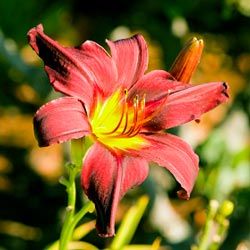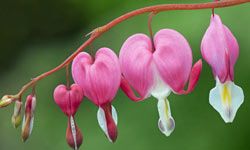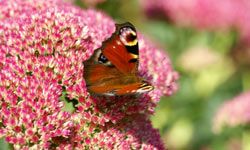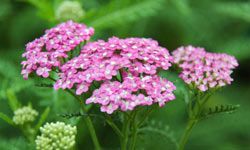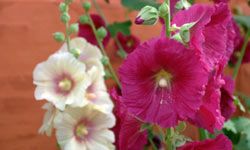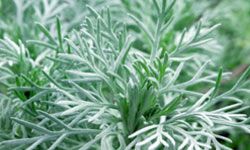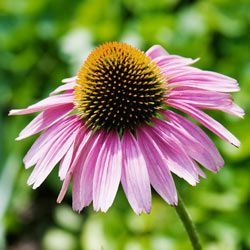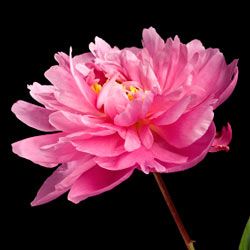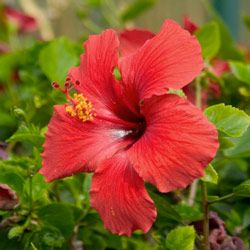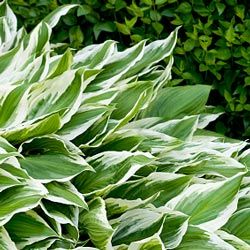Landscaping can be a lot of work. To minimize the effort and cost of tending to your garden, plant several perennials. They grow back year after year on their own, so by taking the time to plan and choose appropriate perennials for your climate, you should be able to watch them bloom for years to come.
Guided by average temperatures for different regions, the USDA distinguished 11 zones across North America. These zones can help you identify which plants will grow well in specific climates [source: United States National Arboretum]. The lower the number, the colder the climate -- so zone 11 is the warmest zone. If you garden in the Midwest, you live in plant hardiness zones three, four, five or six.
Advertisement
Using the zoning numbers as a guide will be your best bet for picking the plants you should grow. Most plant nurseries or gardening Web sites will tell you which plants work for which zones. It's important to choose plants that are best suited for your climate zone and soil. Doing so can save money and gardening time in the end.
In addition to climate and soil, think about whether you'll be planting in sun or shade, as well as what garden pests you have to contend with in your area. It's also a good idea to spend some time sketching out your space.
Planning a perennial garden requires more time than when you're simply planting annuals. Most perennials take about three years to fully adjust and thrive. But once these plants are established and healthy in your garden, the amount of maintenance they will require should be relatively low.
